Farm Business Management
All Farm Business Management Content
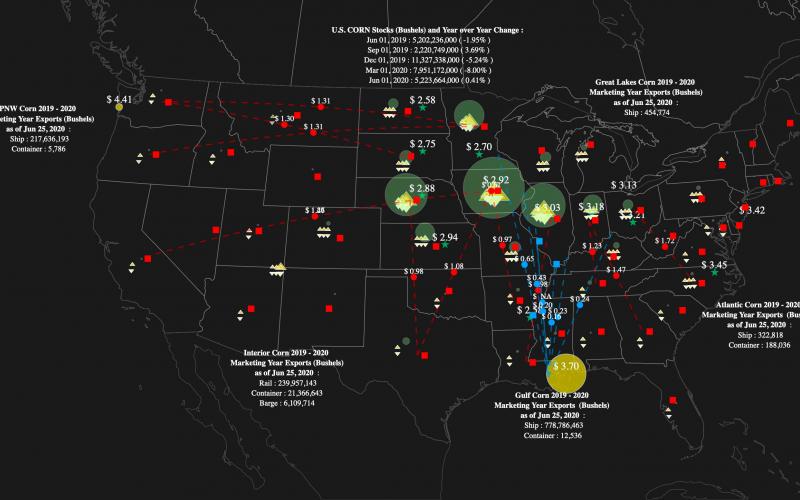
Interactive Grain Report Tool
The SDSU Extension Interactive Grain Report Tool provides a real-time and historical grain situation report for corn, soybeans, hard red spring wheat, and winter wheat. The tool gathers data on average state elevator cash bids, export cash bids, rail and barge costs, grain stock levels, rail cars loaded by state with grain, grain barge movements, and marketing year export inspections.
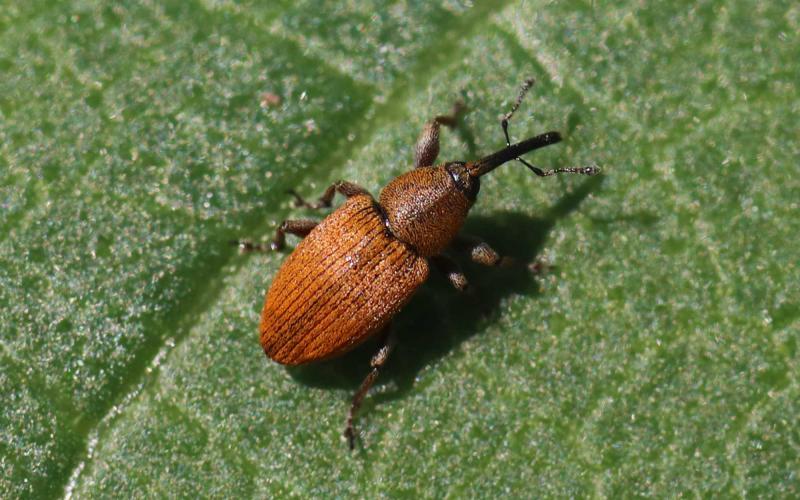
It’s Time to Start Scouting for Red Sunflower Seed Weevils
In South Dakota, sunflower flowering is getting underway. That means it is time to start scouting fields for red sunflower seed weevils.
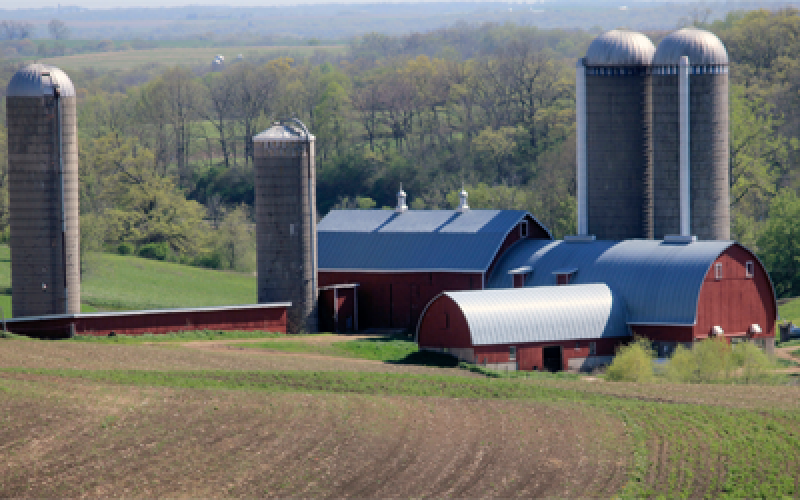
SDSU Extension Increases Access to Sustaining the Legacy Conference
September 23, 2021
Starting in the fall of 2021, SDSU Extension will host two-day Sustaining the Legacy Conferences in five different locations across the state of South Dakota.

Organizers Unveil Lineup for the XXVII Range Beef Cow Symposium
September 21, 2021
Cattle ranchers and industry professionals are invited to hear the latest cutting-edge information and updates at the upcoming Range Beef Cow Symposium Nov. 16-17 in Rapid City, South Dakota.
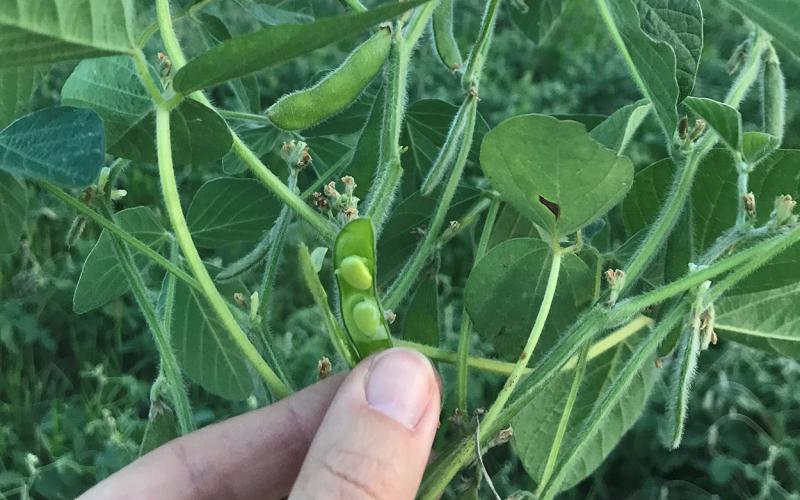
Salvaging Drought-Stressed Soybeans as Feed
One of the more popular questions we’ve been receiving lately involves using soybeans as forage. Although the soybeans planted for grain are not typically bred for forage use, we can salvage the crop for said forage if need be.

SDSU Extension Survey Shows Uptick in State Cropland Values
August 18, 2021
The 31st annual survey examines agricultural land values and cash rental rates by land use and quality in different regions of South Dakota.
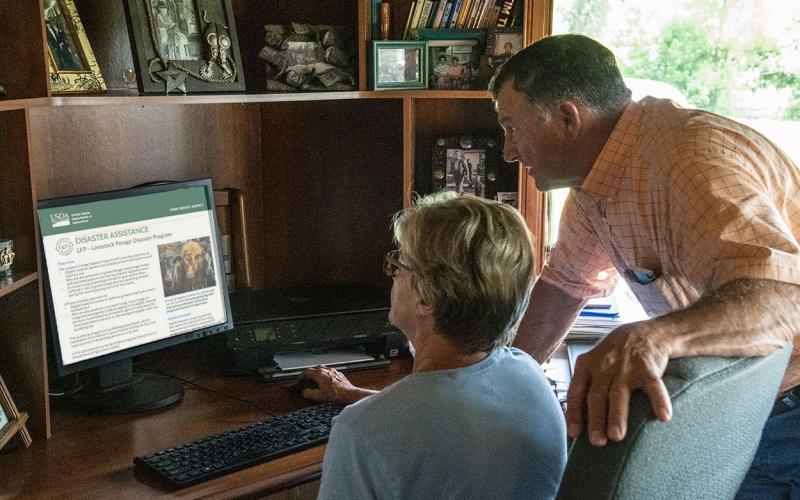
Drought Assistance Questions Answered
Dry conditions persist across the state, and many new questions are being asked regarding the federal assistance programs available from the U.S. Department of Agriculture Farm Service Agency.
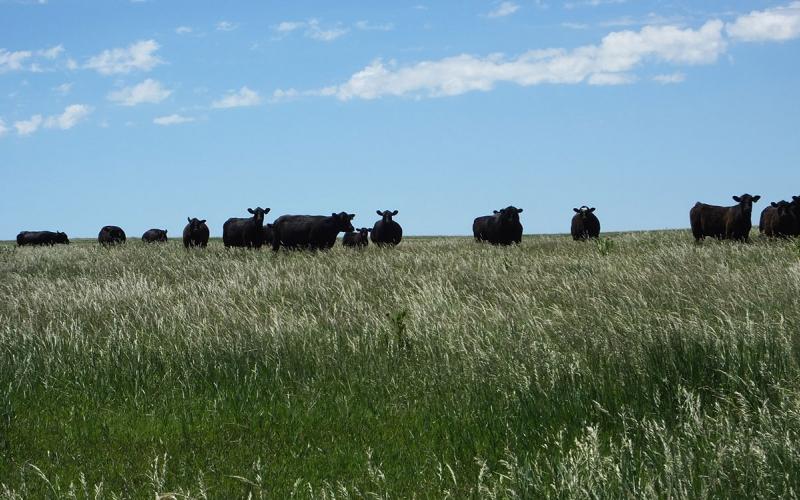
Grass-Fed Beef: Production Costs, Quality, Voluntary Certifications and Marketing
Generally speaking, grass-fed beef producers are challenged with production expenses that are greater than those of conventionally raised beef. However, profit margins can be greater than those of conventionally raised beef if marketed wisely and creatively.

Grass-Fed Beef: Market Share of Grass-Fed Beef
So, how significant is the grass-fed beef industry in America? About four percent of U.S. beef retail and food service sales is comprised by grass-fed beef with a value of roughly $4 billion.

Livestock Risk Protection for Cattle
Price rallies, general price volatility and concern that prices may move lower could lead producers to insure livestock prices. Livestock Risk Protection is an insurance program that covers the single-peril or risk of lower prices on fed cattle and feeder cattle.